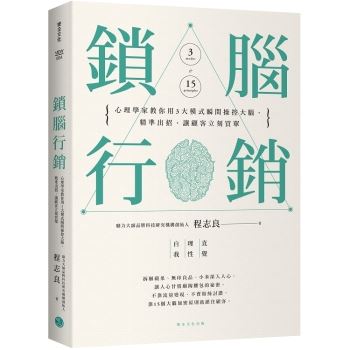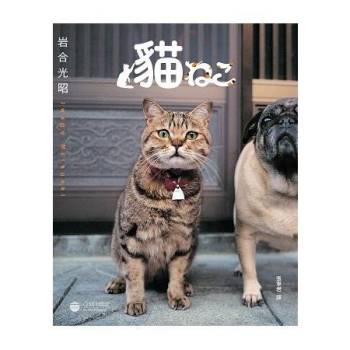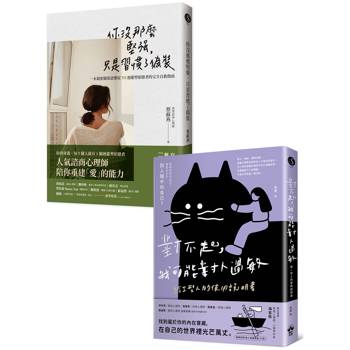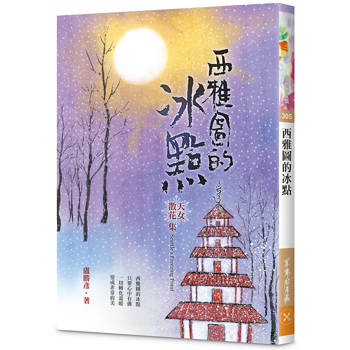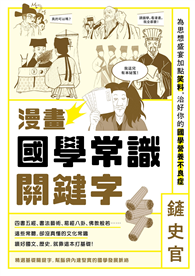| FindBook |
有 1 項符合
Twenty-Four Eyes的圖書 |
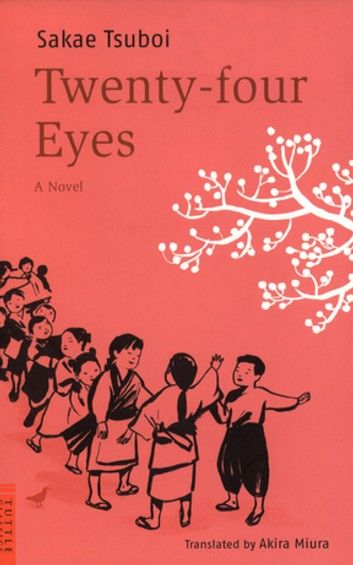 |
Twenty-Four Eyes 作者:Sakae Tsuboi / 譯者:Akira Miura 出版社:Tuttle Publishing 出版日期:2012-01-10 語言:英文 |
| 圖書館借閱 |
| 國家圖書館 | 全國圖書書目資訊網 | 國立公共資訊圖書館 | 電子書服務平台 | MetaCat 跨館整合查詢 |
| 臺北市立圖書館 | 新北市立圖書館 | 基隆市公共圖書館 | 桃園市立圖書館 | 新竹縣公共圖書館 |
| 苗栗縣立圖書館 | 臺中市立圖書館 | 彰化縣公共圖書館 | 南投縣文化局 | 雲林縣公共圖書館 |
| 嘉義縣圖書館 | 臺南市立圖書館 | 高雄市立圖書館 | 屏東縣公共圖書館 | 宜蘭縣公共圖書館 |
| 花蓮縣文化局 | 臺東縣文化處 |
|
|
Twenty Four Eyes is a deeply pacifist Japanese novel based on the perversion and inhumanity of modern war. Set on Shodoshima, a small island in the Inland Sea, and covering a twentyyear period embracing prewar, wartime, and early postwar Japan, it centers on the relationship between a primary school teacher, Miss Oishi, and the twelve island children (the twentyfour eyes of the title) in her first class.
In the course of the novel, Miss Oishi faces problems of acceptance by the children and their parents, then ideological criticism from the educational authorities, then wartime privations and losses in her family and among her pupils. The book concludes with a tearful graduation reunion between the bereaved teacher and her original pupils, whose ranks are sadly depleted by the suffering of the past decade.
Differences of class, gender and political opinion are finally rendered less important than a common experience of suffering. Twenty Four Eyes first published in Japanese as Nijushi no Hitomi in 1952, immediately became a bestseller. It was made into a film two years later by Keisuke Kinoshita, a leading director, winning Best Film of the year. In 1987, it was filmed for a second time.
|
